The City of Canning is a digitally focused council, who use their website to do more than tell you when to put your bins out.
To shape the City of Canning's future digital efficiency through web, we started by conducting a series of workshops identifying core needs, objectives, key internal users, external user personas and main issues with the current CMS. Using this in-depth information, we were able to clearly define a strategy to support the wide range of digital goals and unlock new and exciting opportunities.
We wanted a clear business case to explain why their current CMS (Sitecore) as a technology was not suitable, and what else would suit them now and in future. Previously they were using a CMS platform that charged a subscription fee on a user/traffic basis – making it essentially impossible to budget and in this case, an eye watering surprise bill at the end of a billing period.
Services
Digital Design
Digital Strategy
Integration Development
User Experience
Website Development
Technologies
Kentico
Discovery
We asked the people of Canning to tell us what they want
A key goal for the project was to leverage user insights and collect valuable data to help the city continue to transform their organisation with data driven decisions. Reviewing analytics and learning from insights, allowed us to understand the kind of user engaging with the site, and what information or features they were looking for.
It was also clear that the City of Canning’s internal team needed to have control of the site on a daily basis, and the more staff who had the ability to make changes, meant less content delays. Full training was delivered (and regularly conducted over time) to ensure that timely, new and relevant content was being added onto the site.
The website post-delivery would remain agile and that was something very important to the internal team.
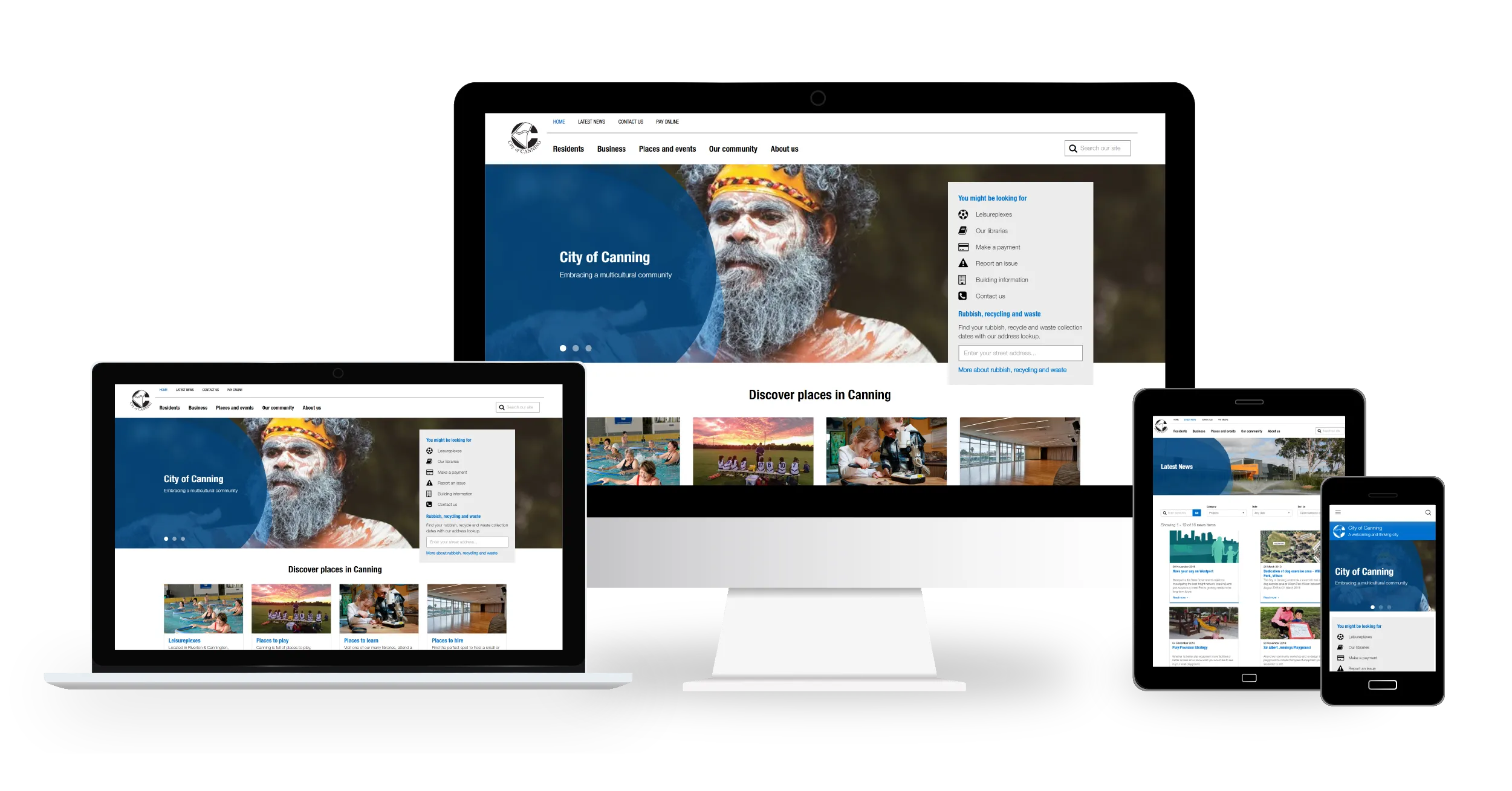
The Dapth team focused on making the website user-friendly and easy to manage for staff. By highlighting key information for end users, we ensured that visitors could easily find what they were looking for. More importantly, the staff felt confident in managing the site. From bin days to ranger services and an easy-to-use CMS, this website has it all.
The project included a complete overhaul of the website’s user experience and user interface, information architecture advisory, and content restructuring. We migrated the CMS, uploading Sitecore content onto Kentico ready for launch. Additionally, we developed custom features such as an events calendar and online document management, provided website hosting, and offered ongoing developer support.
We are particularly proud of the migration aspect of the project, which saved hundreds of hours for The City of Canning team and helped them get their site live post-delivery. We transferred a significant amount of data to the new website with zero errors, exposures, or loss. This included 551 web pages (and their page SEO keywords), 2,085 linked documents, 125 news items/articles, 30 events in full, and 40 dynamic document listing widget instances.


_web.webp)
Digital solutions
What did we love about this project?
Content workflows
No more content bottlenecks. Workflows helped to manage who can publish what to website, allowing departments to individually upload new content pages with administrators having the final say.
Version control
This allows administrators to roll back (or preview) previous versions of a content with a click of a button.
Form builder and database
The council can build new forms or edit then within the CMS, all form entries are saved and accessible online, or can be downloaded as an excel spreadsheet.
Administration interface
Kentico offers one of the most simplistic views of managing the ‘backend’ of a website, with the bonus of user roles controlling who can see what features (or make changes to).
User and role management
This allowed departments staff to upload or edit their own content areas, with main administrators having the main power to ‘approve’ and ‘publish’ or ‘request changes’.
Stable and secure platform
Kentico is highly secure, and this was essential for a local council within Australia.
Cost effective licenses
Kentico has an upfront yearly cost, that keeps budgeting simple. This includes all their features, and it does not require additional ‘plugins’ that are billed separately.
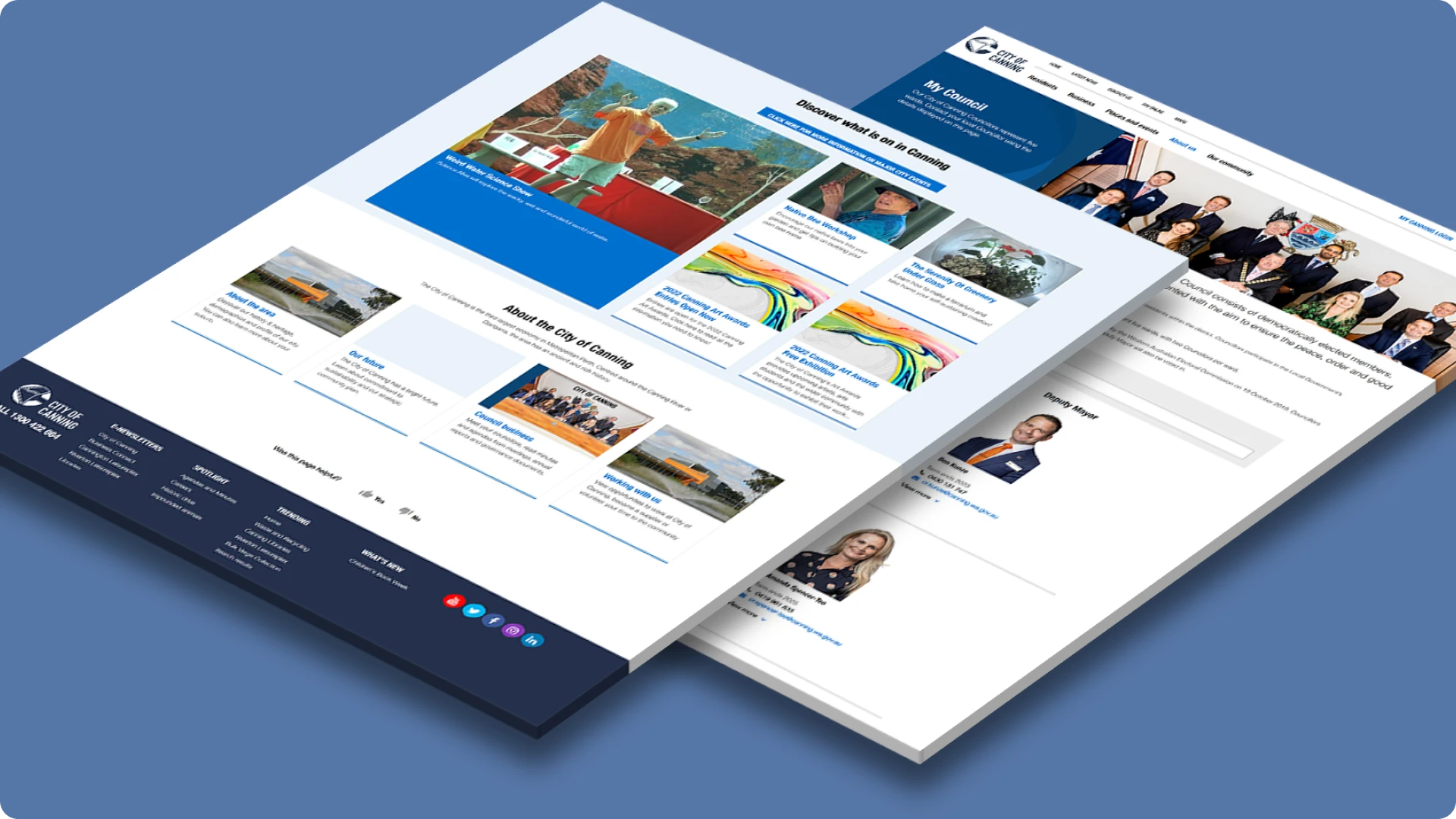
We transform
Transforming organisations across WA
-
Department of Fisheries Mobile Application Case Study
- Mobile Application
- Integration Development
Department of Fisheries Mobile Application Case Study
-
Transforming the SwanCare’s experience
- Intranet Development
- Website Migration
Transforming the SwanCare’s experience
-
City of Cockburn
- Website Design
- Website Development
- Website Migration
City of Cockburn
-
CKSC Asset Management Mobile App
- Website Development
- Website Migration
- Mobile Application
- Portal Development
CKSC Asset Management Mobile App
-
Austmine Innovation Program Portal
- Portal Development
- Integration Development
- Website Design
Austmine Innovation Program Portal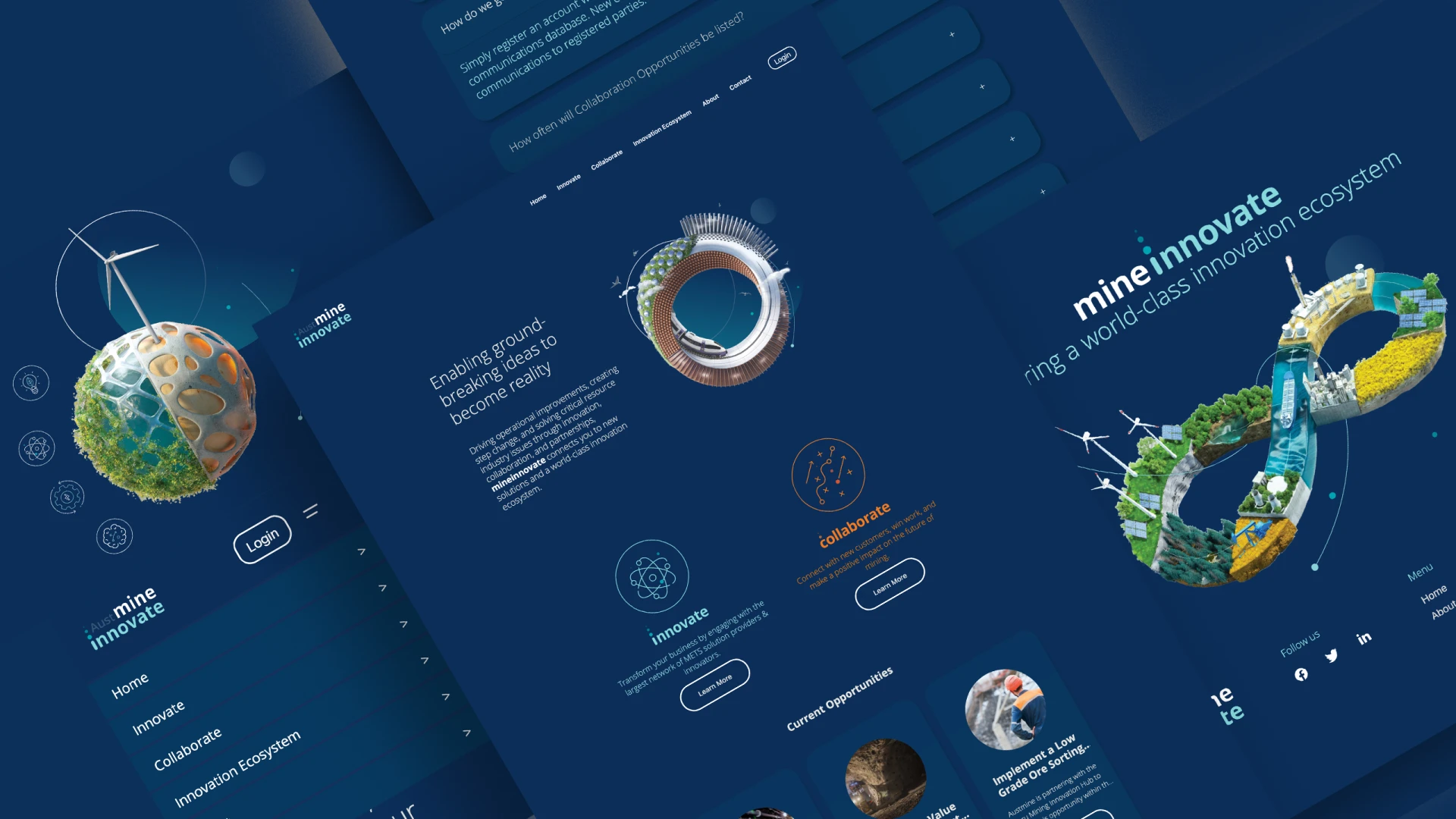
-
Department of Water & Environmental Regulation Microsoft Intranet Case Study
- User Experience
- Intranet Development
Department of Water & Environmental Regulation Microsoft Intranet Case Study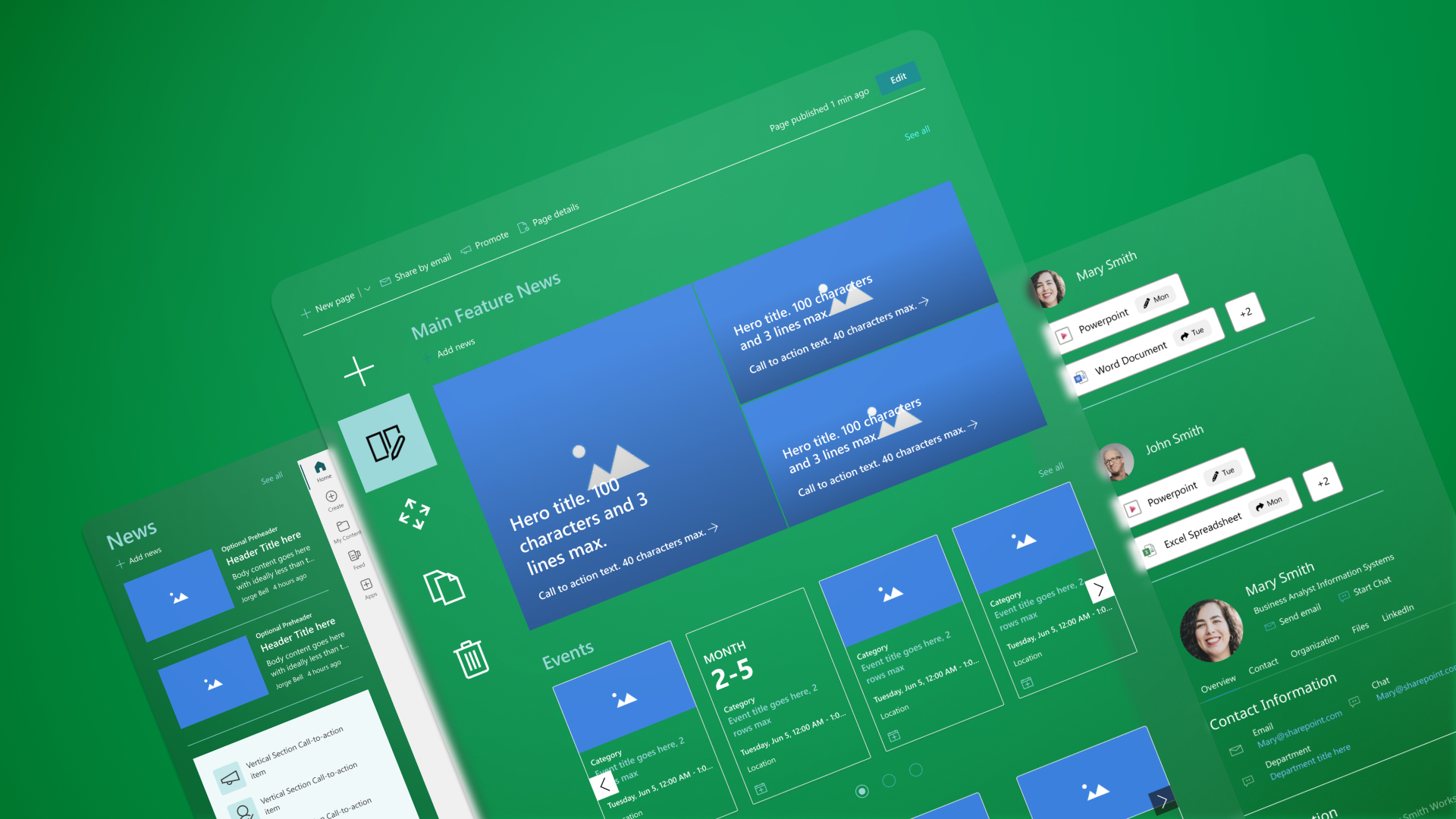
-
Clough Group's Website Transformation with Kentico 13 MVC by Dapth
- Website Migration
- Website Development
- Website Design
Clough Group's Website Transformation with Kentico 13 MVC by Dapth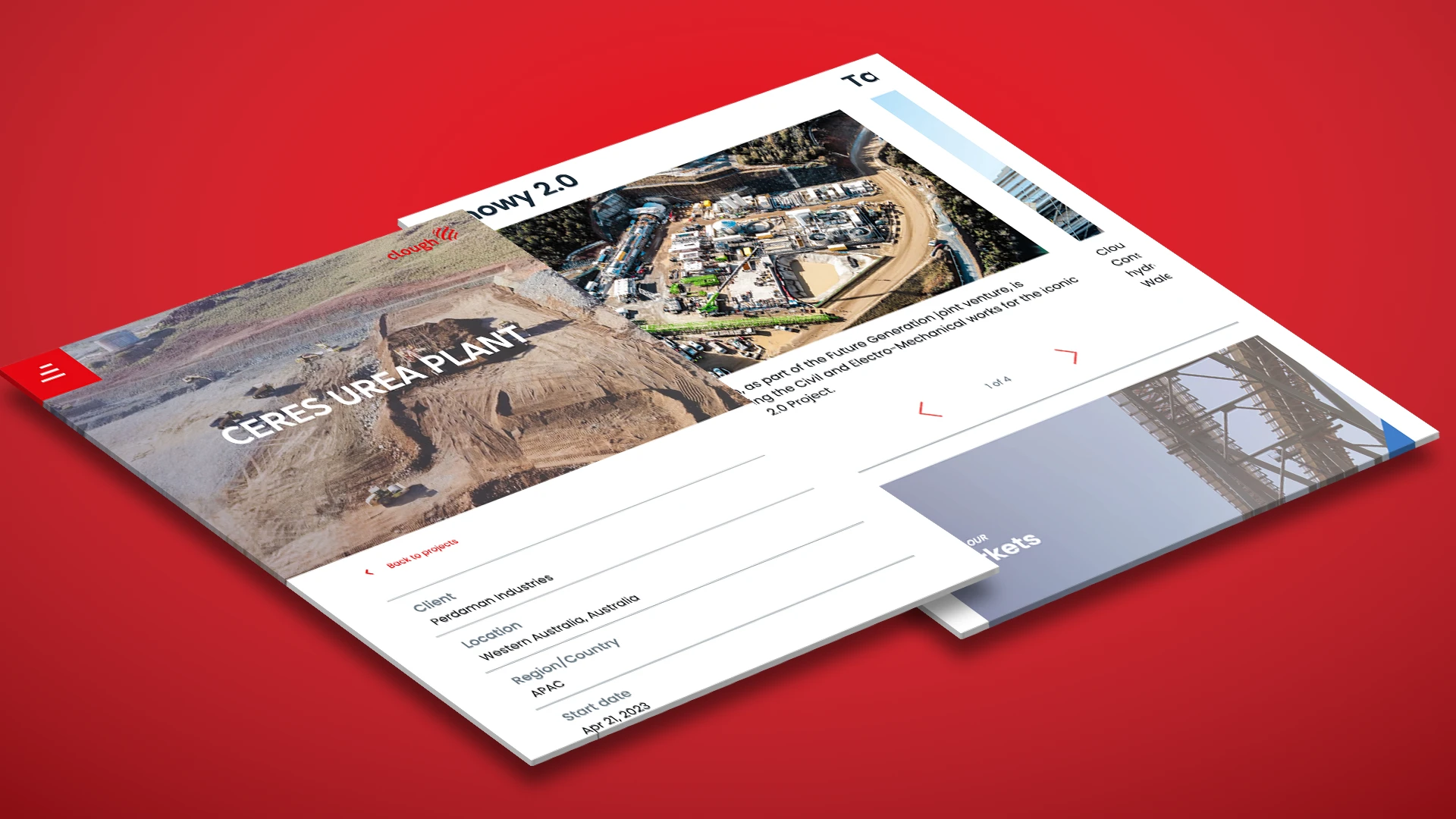
-
IMDEX: Elevating Global Presence
- Website Development
- Website Design
- User Experience
IMDEX: Elevating Global Presence
-
City of Subiaco, Perth Council CMS Development
- Website Migration
- Website Design
- Website Development
- Integration Development
City of Subiaco, Perth Council CMS Development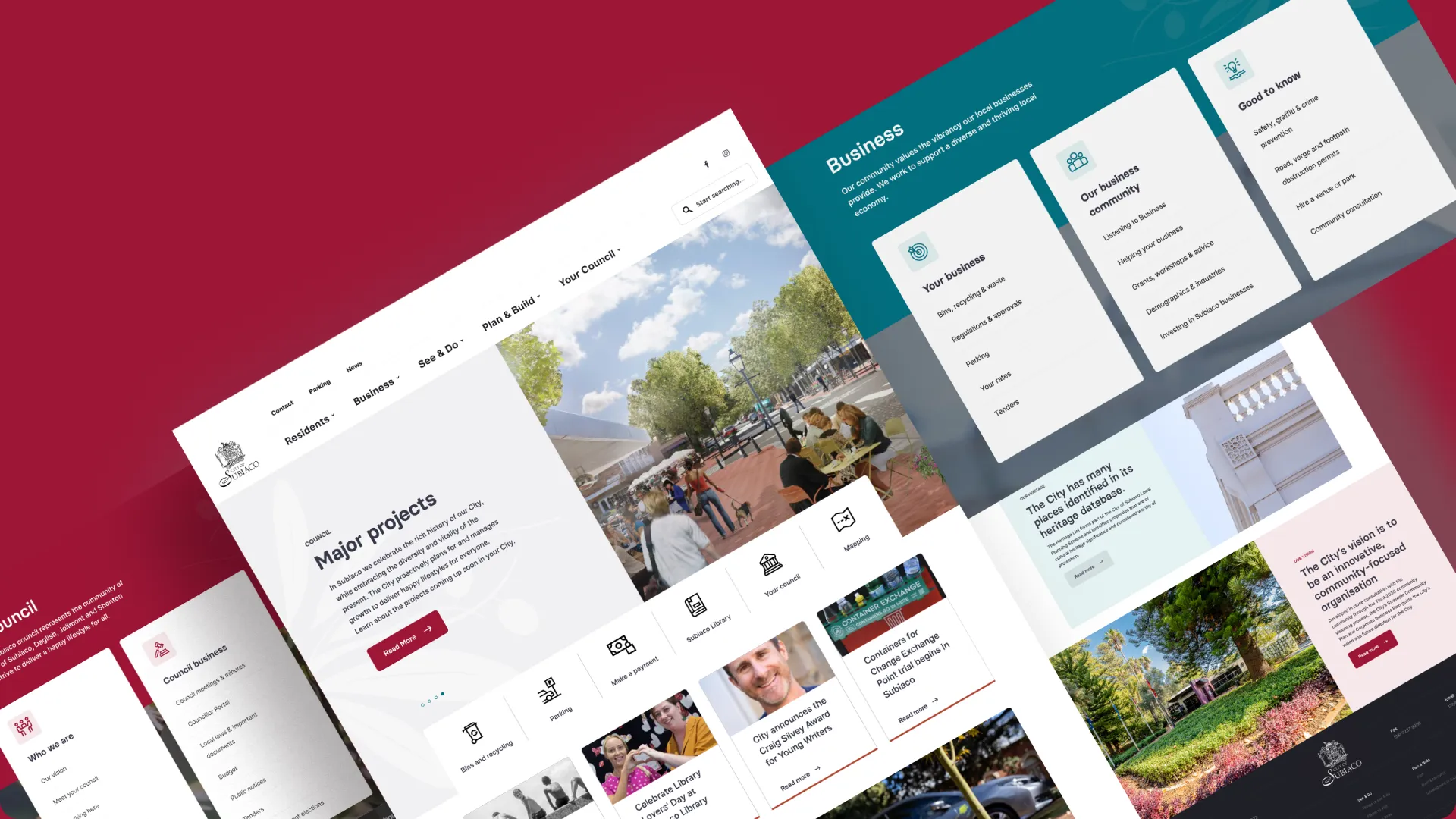
-
City of South Perth Intranet Development and SharePoint Migration
- Intranet Development
- Website Migration
City of South Perth Intranet Development and SharePoint Migration
-
Pilbara Minerals
- Mobile Application
- Integration Development
- Intranet Development
Pilbara Minerals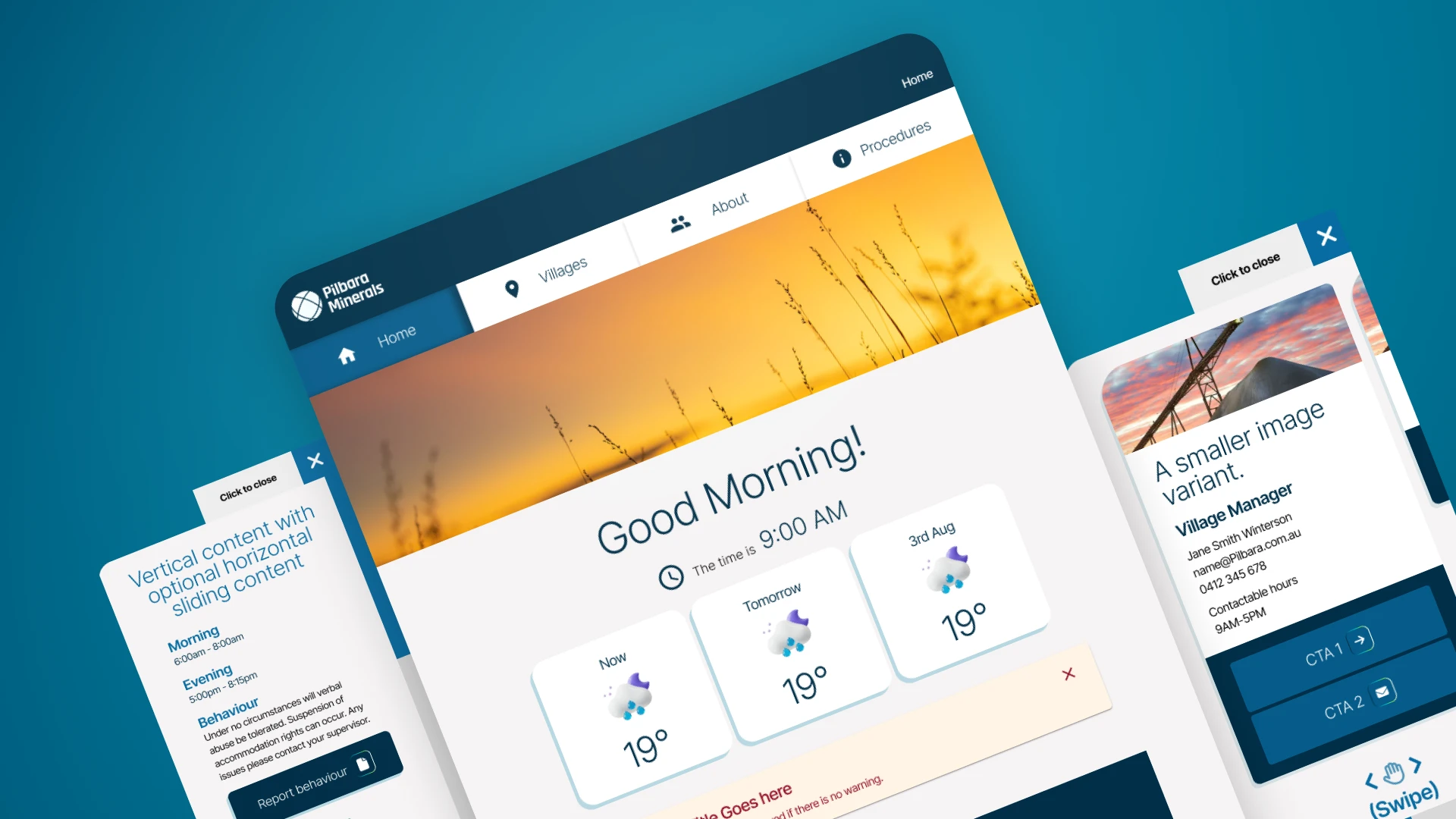
-
Perth Zoo Website Case Study
- Integration Development
- Portal Development
- Website Development
Perth Zoo Website Case Study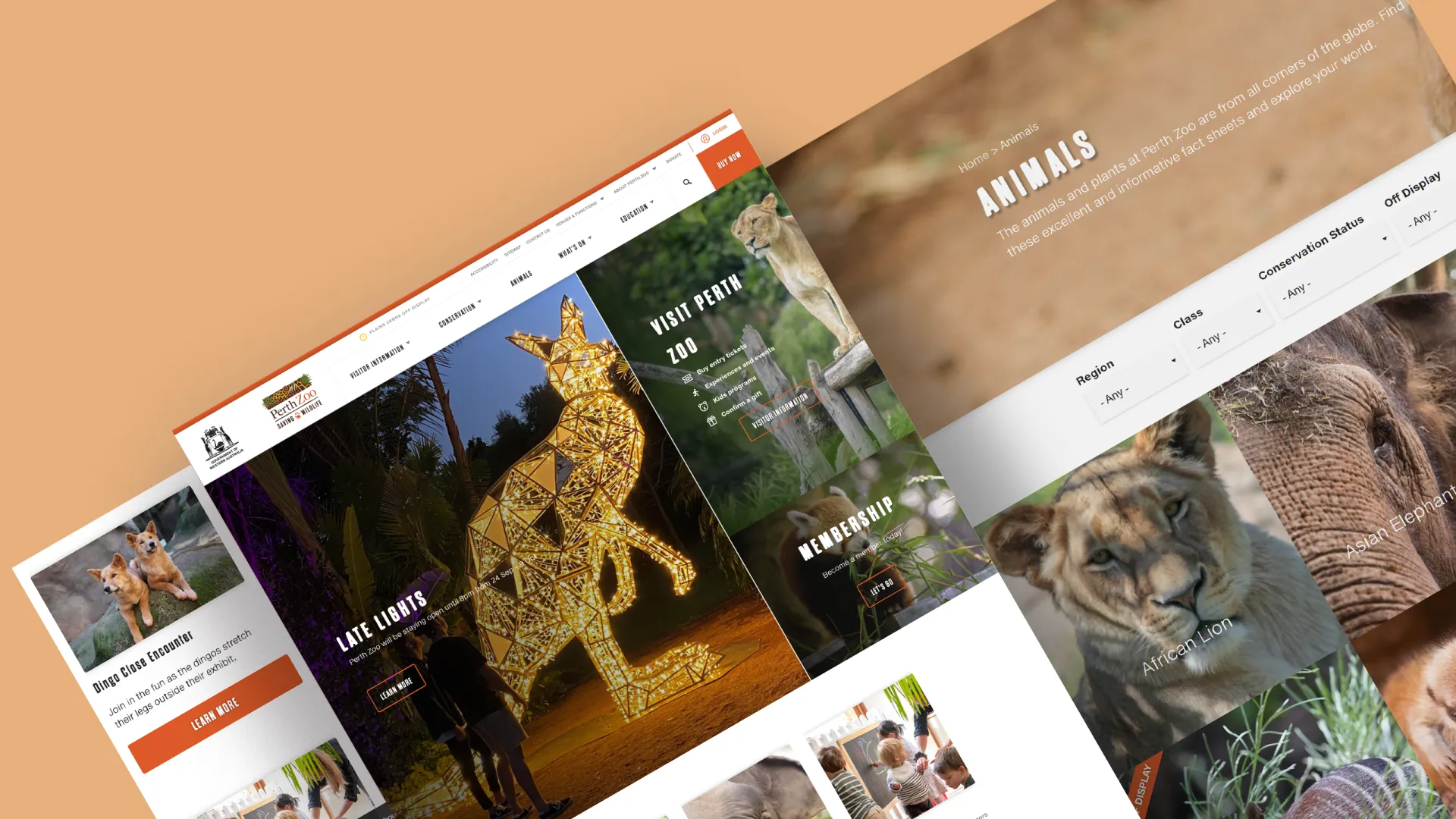
-
Department of Transport - Your Move
- Portal Development
- User Experience
- Website Development
- Website Migration
Department of Transport - Your Move
-
APM Group Corporate Website Case Study
- Website Migration
- Website Development
- Website Design
- User Experience
APM Group Corporate Website Case Study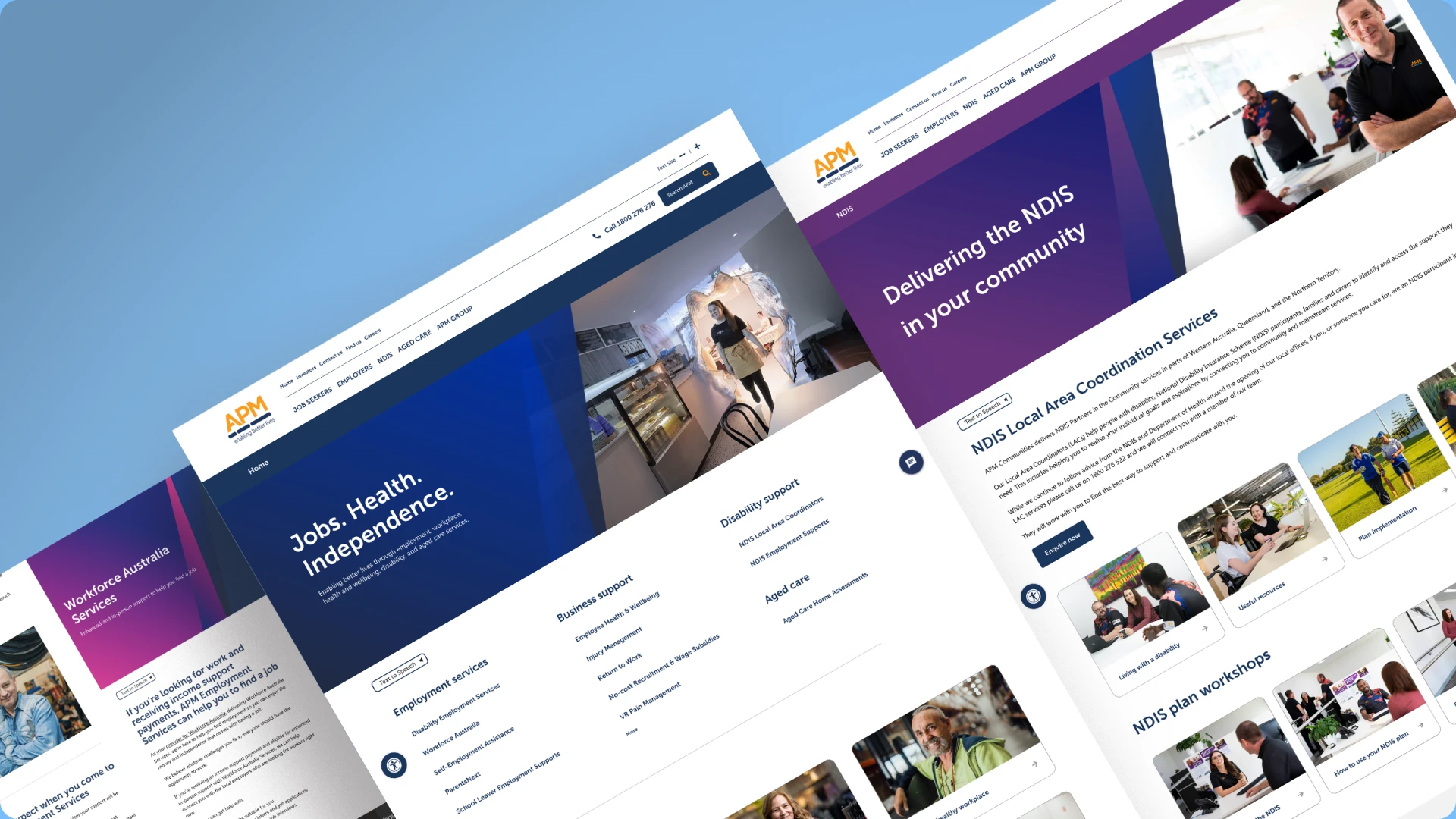
-
City of Vincent
- Intranet Development
City of Vincent
-
Iluka Resources Mining Website Development Case Study
- Website Migration
- Website Development
- Website Design
Iluka Resources Mining Website Development Case Study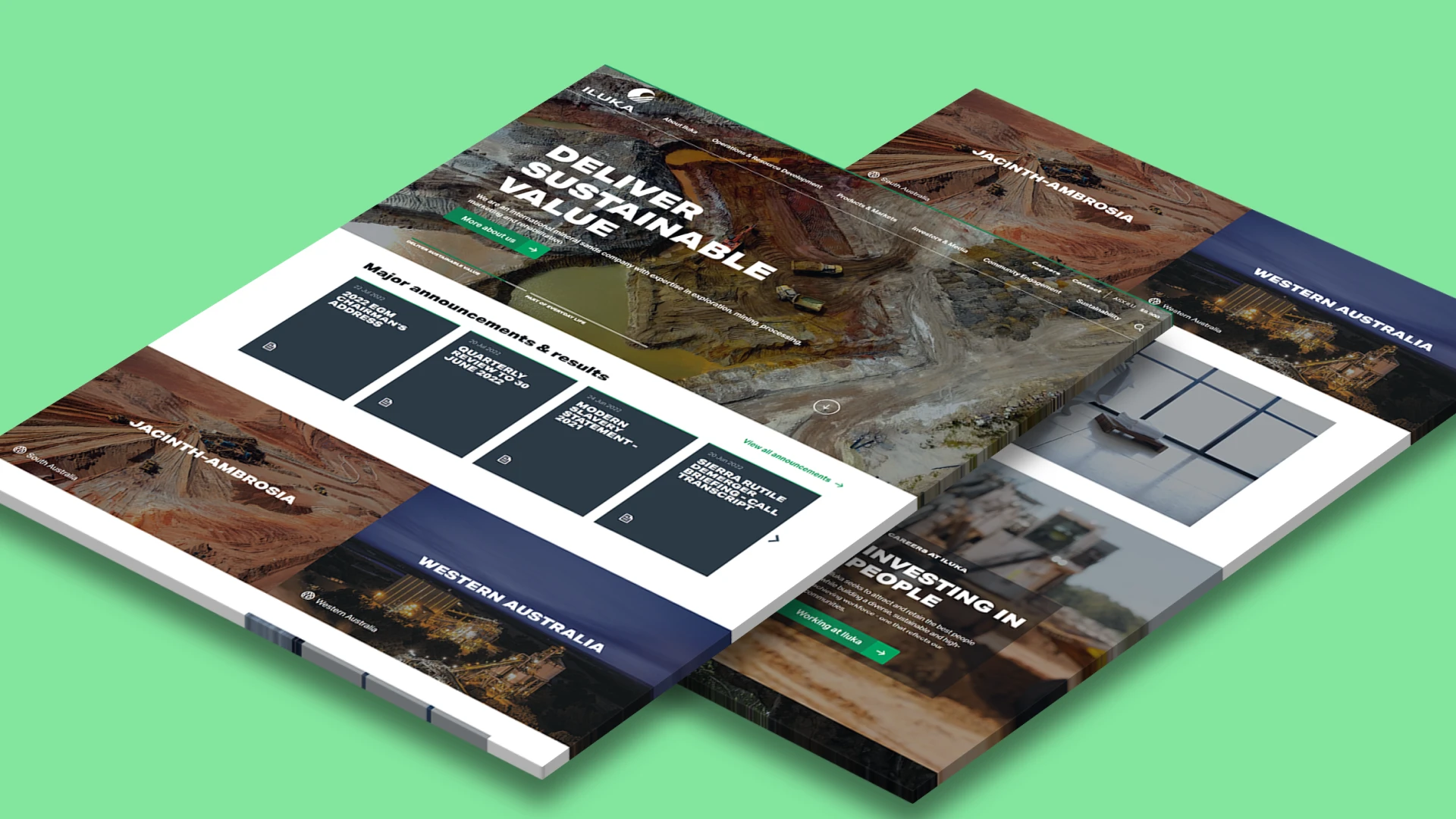
-
Sybiz
- Website Design
- Website Development
Sybiz
-
Revolutionising WALGA's Online Presence: Website Redesign & Kentico Upgrade
- Website Development
- Integration Development
- Portal Development
Revolutionising WALGA's Online Presence: Website Redesign & Kentico Upgrade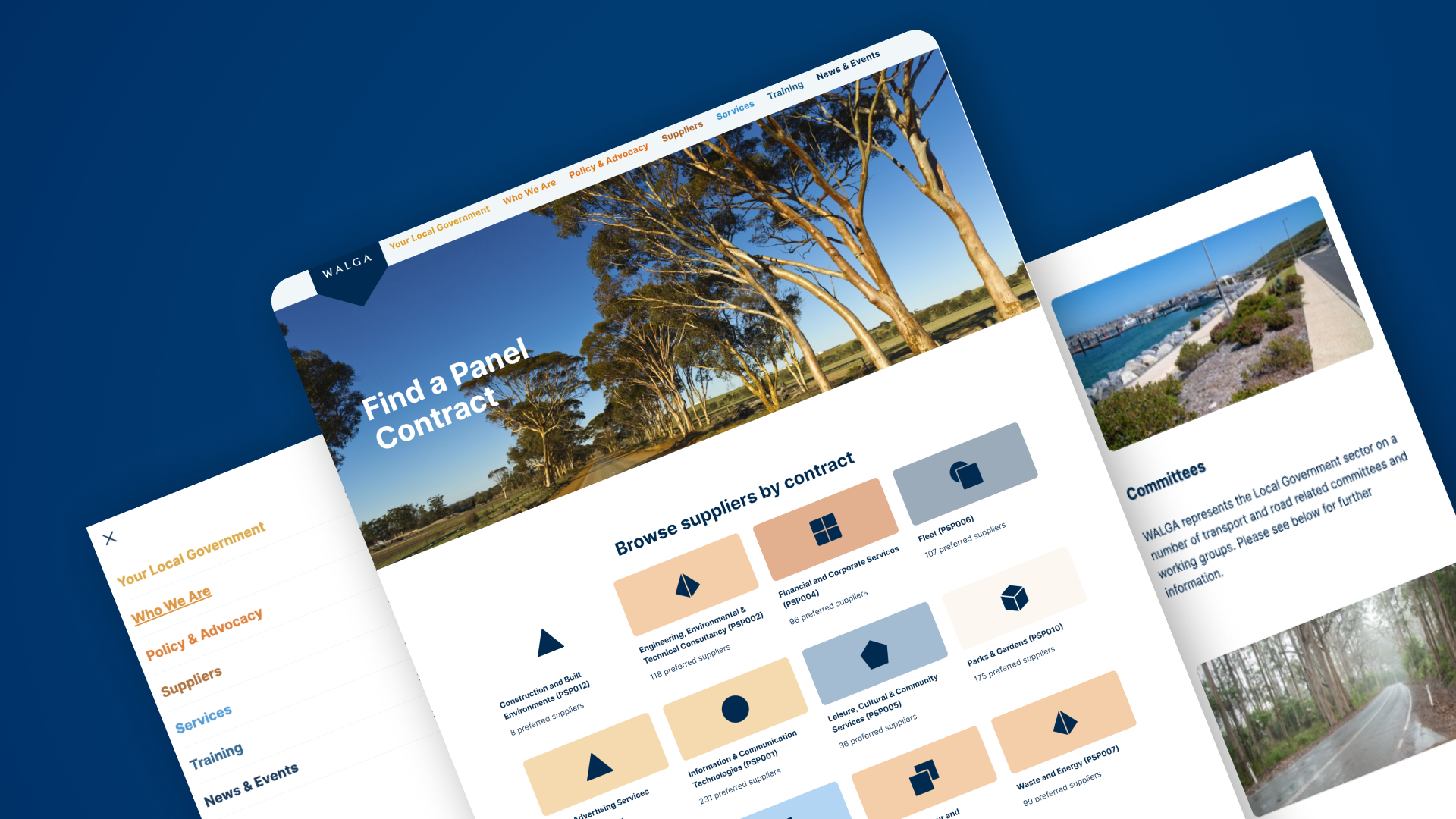
-
Sonam Capital Website Development and Branding
- Website Development
- Website Design
Sonam Capital Website Development and Branding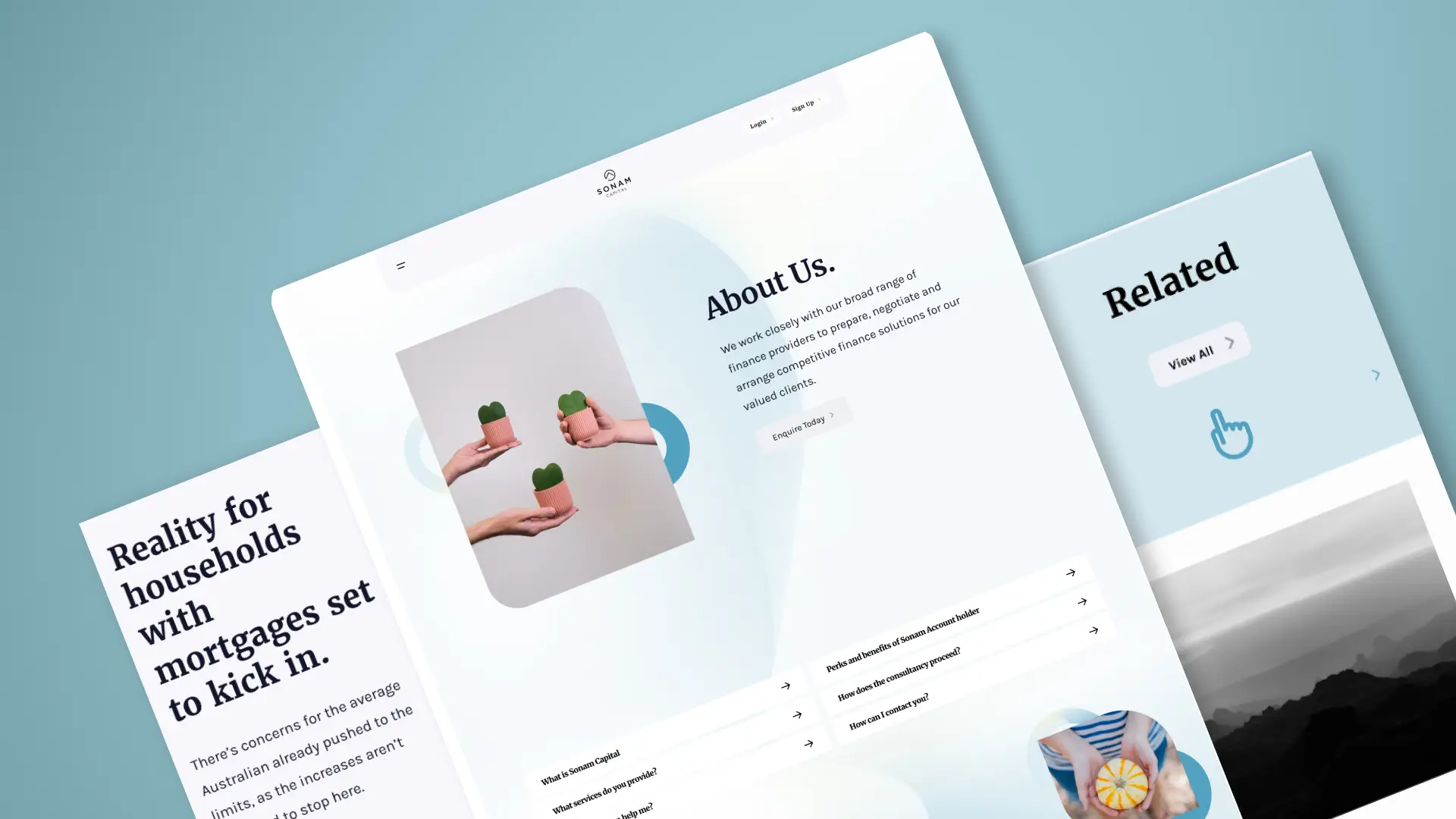
-
Rohan J Tier Brand Identity
- Website Development
- Website Design
- User Experience
Rohan J Tier Brand Identity
-
Empowering Ocean Heroes: Pro-Bono Website Development & Branding by Dapth
- Website Development
- Website Design
- User Experience
Empowering Ocean Heroes: Pro-Bono Website Development & Branding by Dapth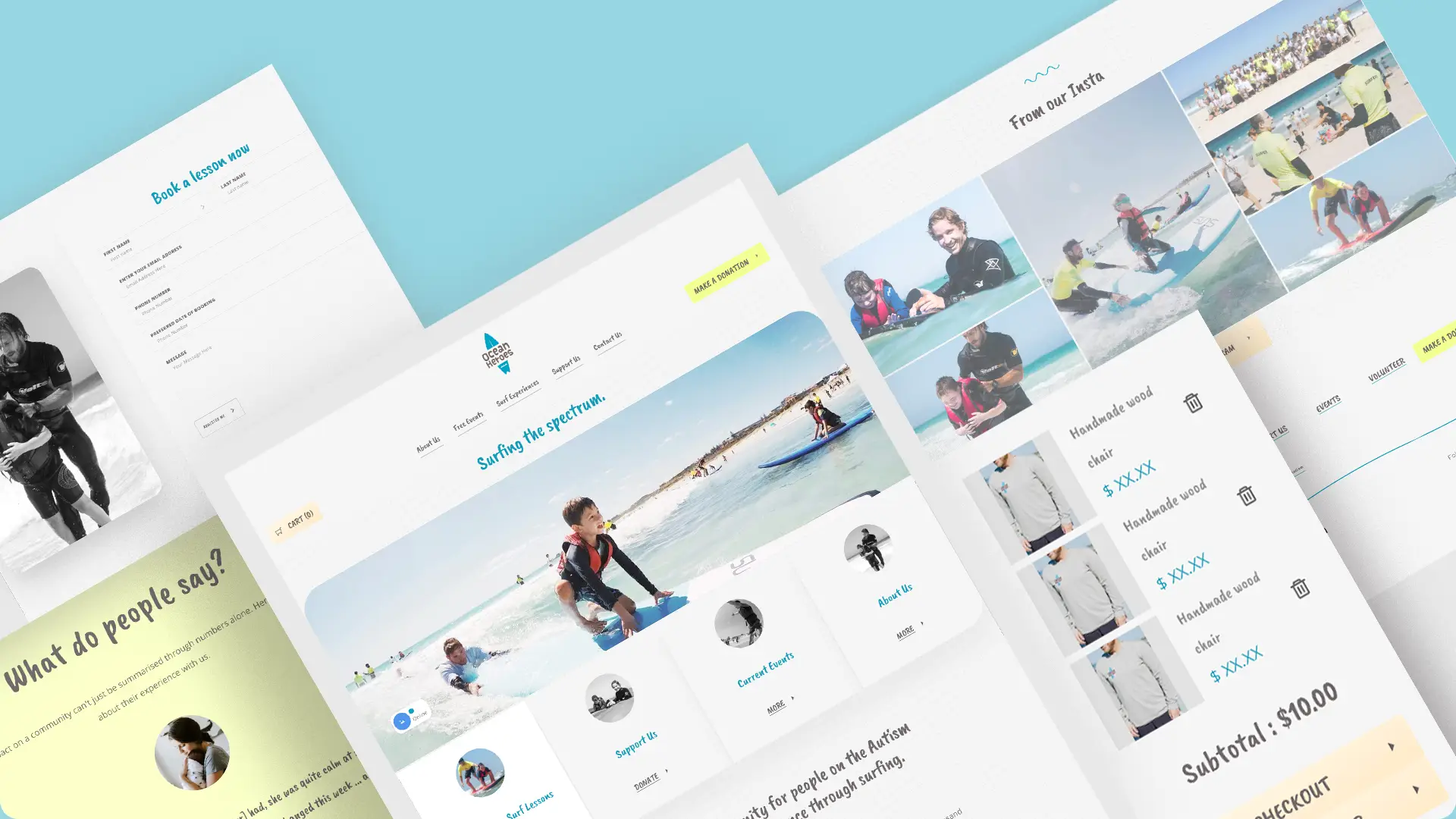
-
Litas Mainstone eCommerce Website
- Website Development
- Website Design
Litas Mainstone eCommerce Website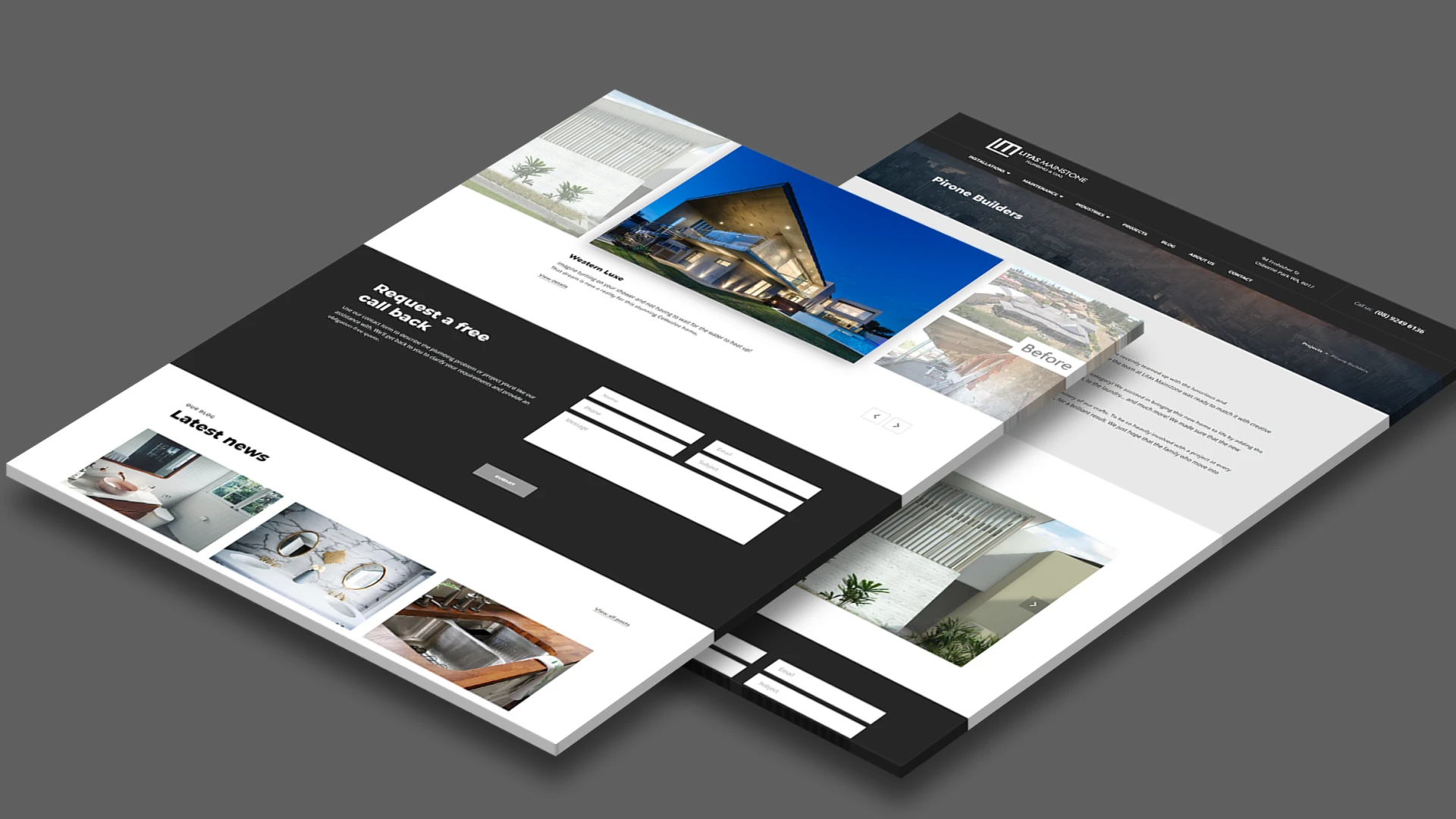
-
KingVac Website Development
- Website Design
- Website Development
- User Experience
KingVac Website Development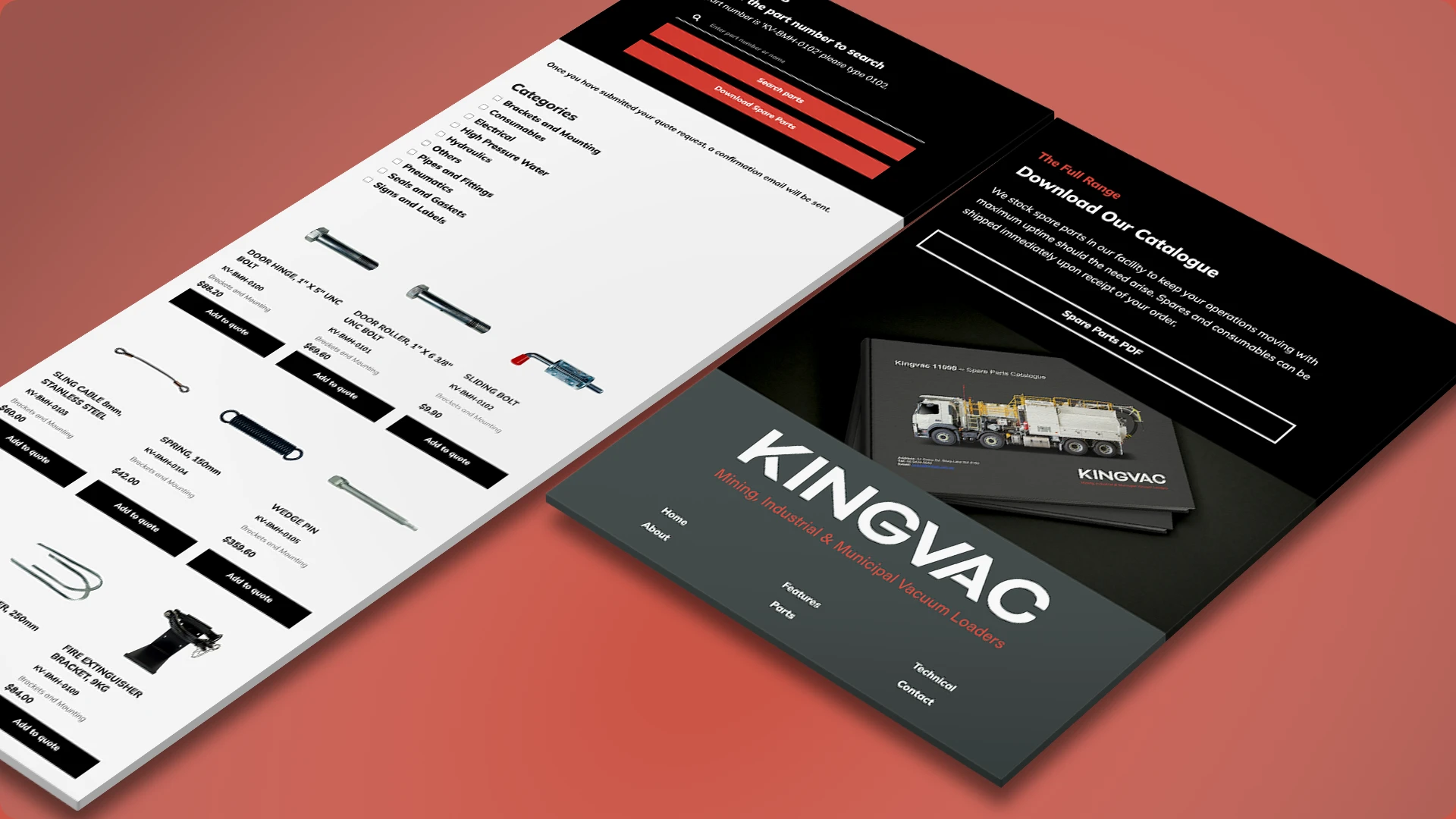
-
Hoddywell Cottage Website Migration and Development
- Website Development
- Website Design
Hoddywell Cottage Website Migration and Development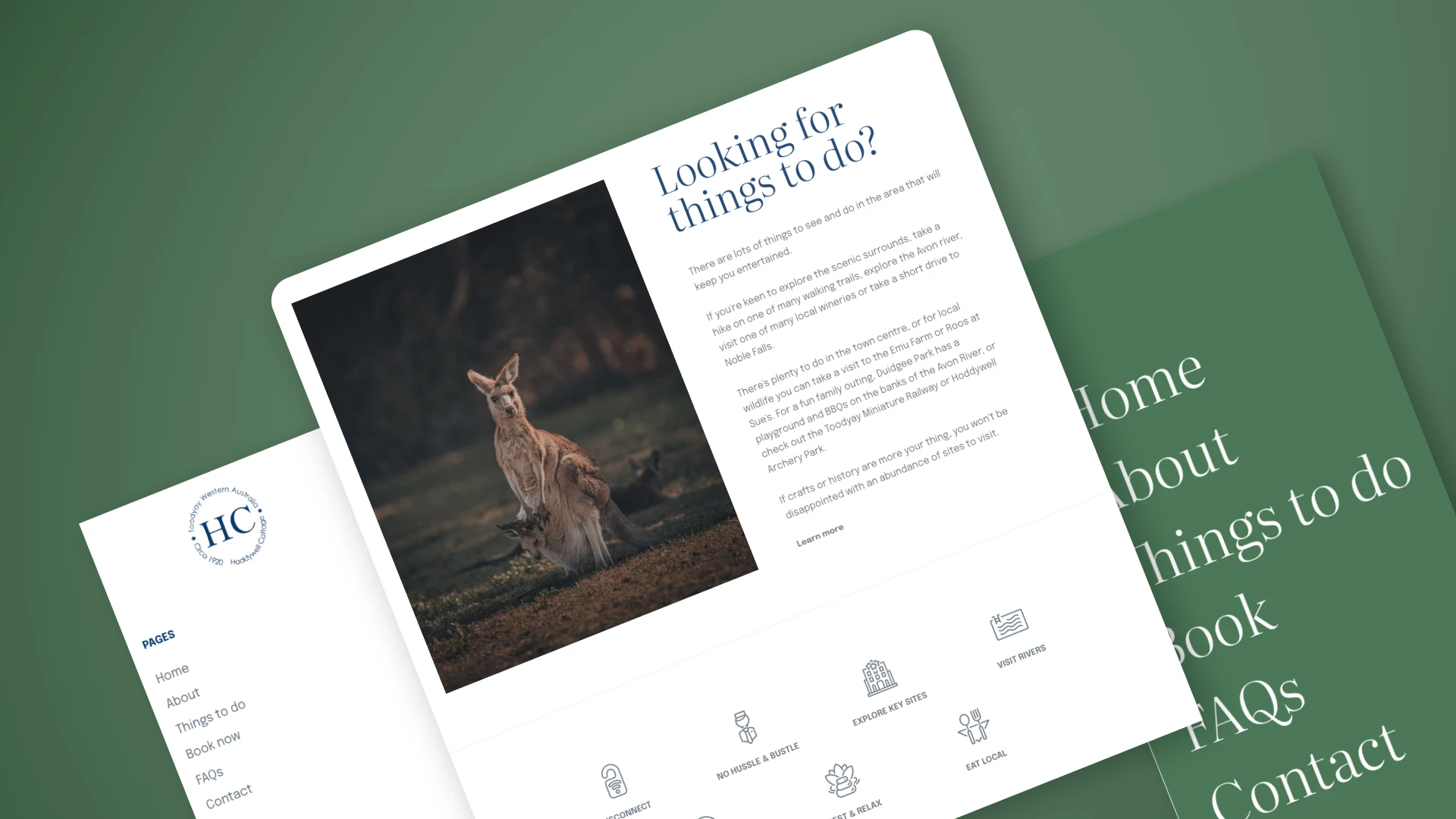
-
Forest Products Commission SharePoint Success Story
- Integration Development
- Intranet Development
Forest Products Commission SharePoint Success Story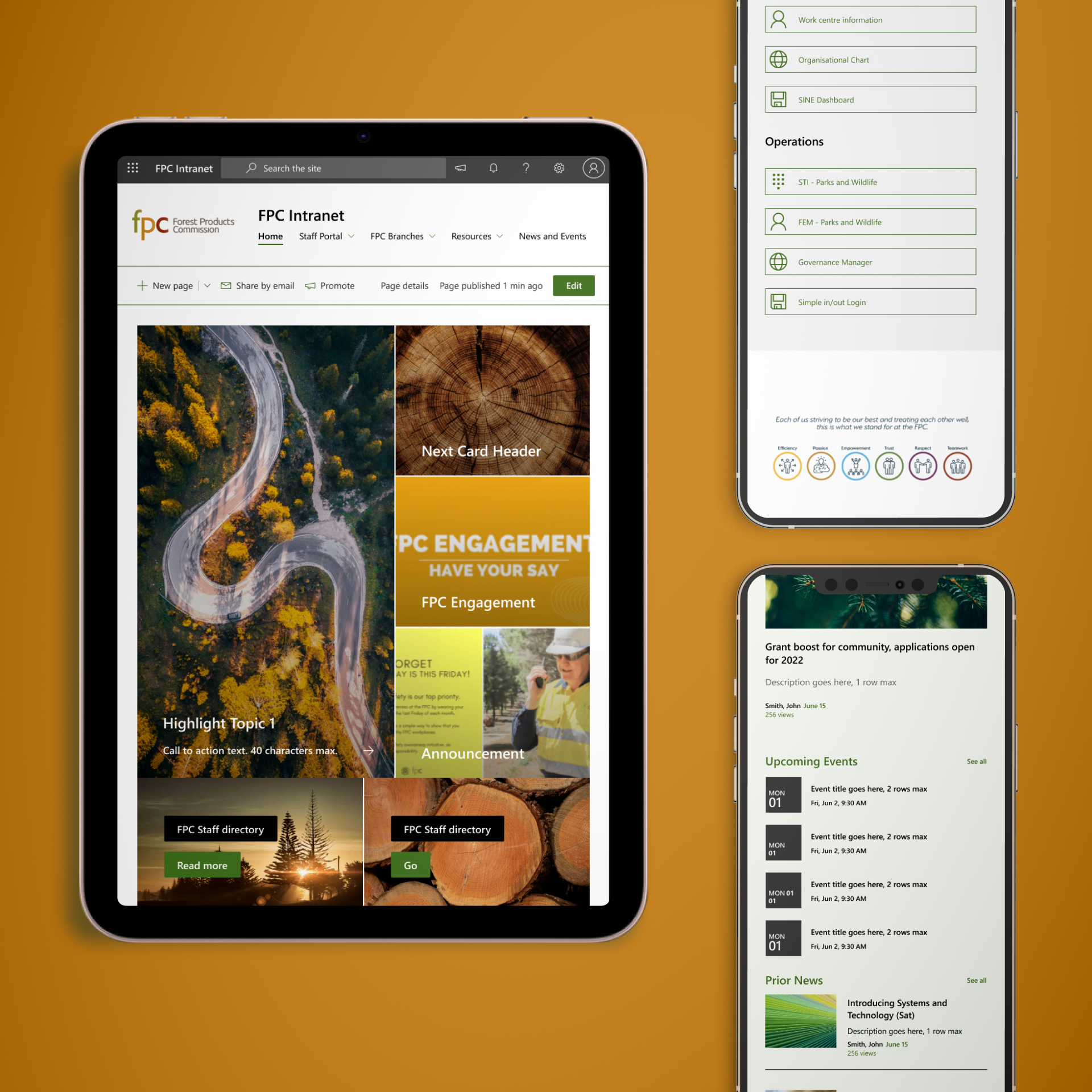
-
DSF Literacy & Clinical Services
- eCommerce
- Digital Strategy
- Website Development
DSF Literacy & Clinical Services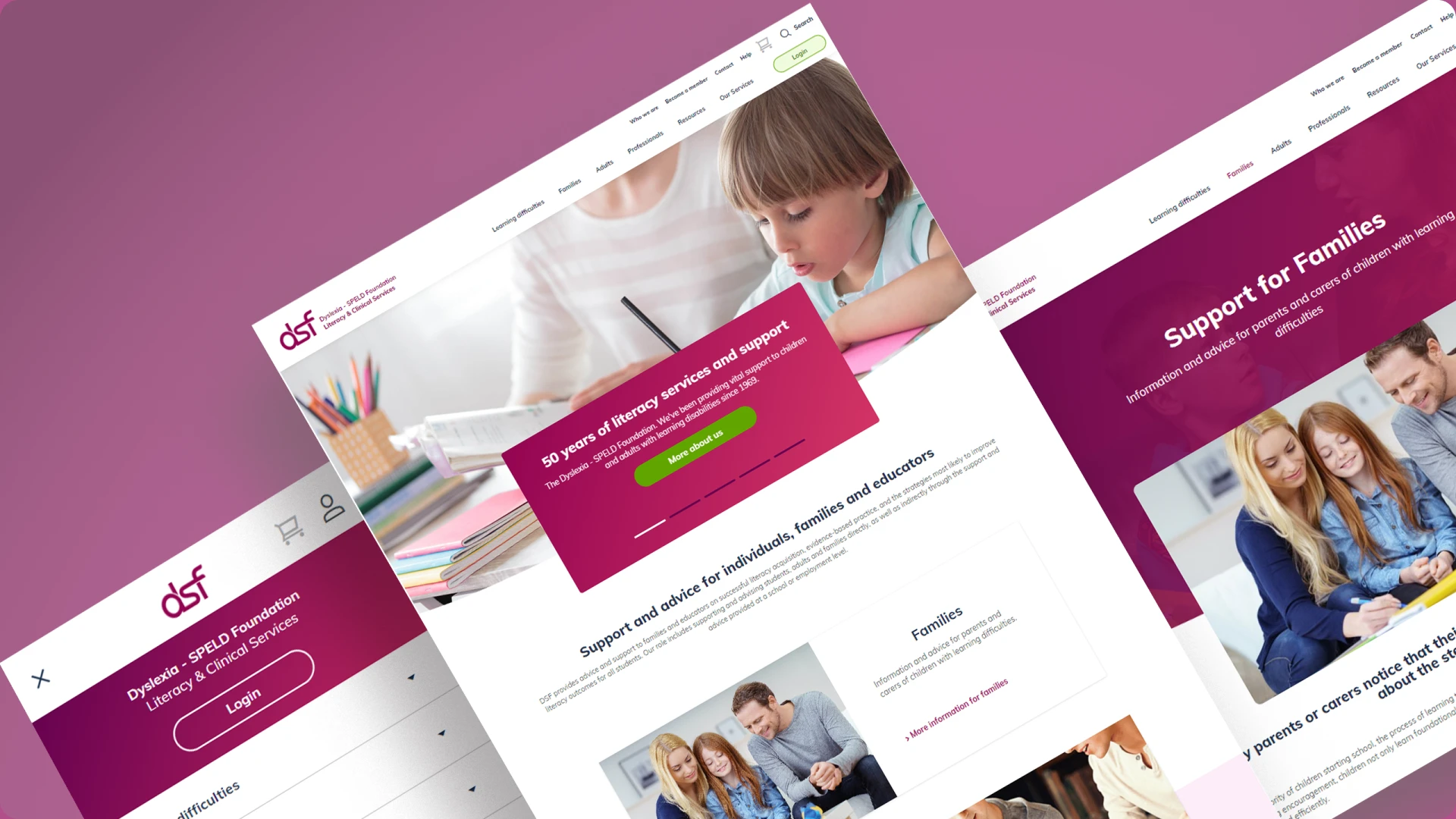
-
City of Canning, Local Council Website Rebuild
- Integration Development
- Website Development
- Website Design
City of Canning, Local Council Website Rebuild
-
Brooks Hire, Equipment Hire Website Development Perth
- Website Development
- Website Design
- User Experience
Brooks Hire, Equipment Hire Website Development Perth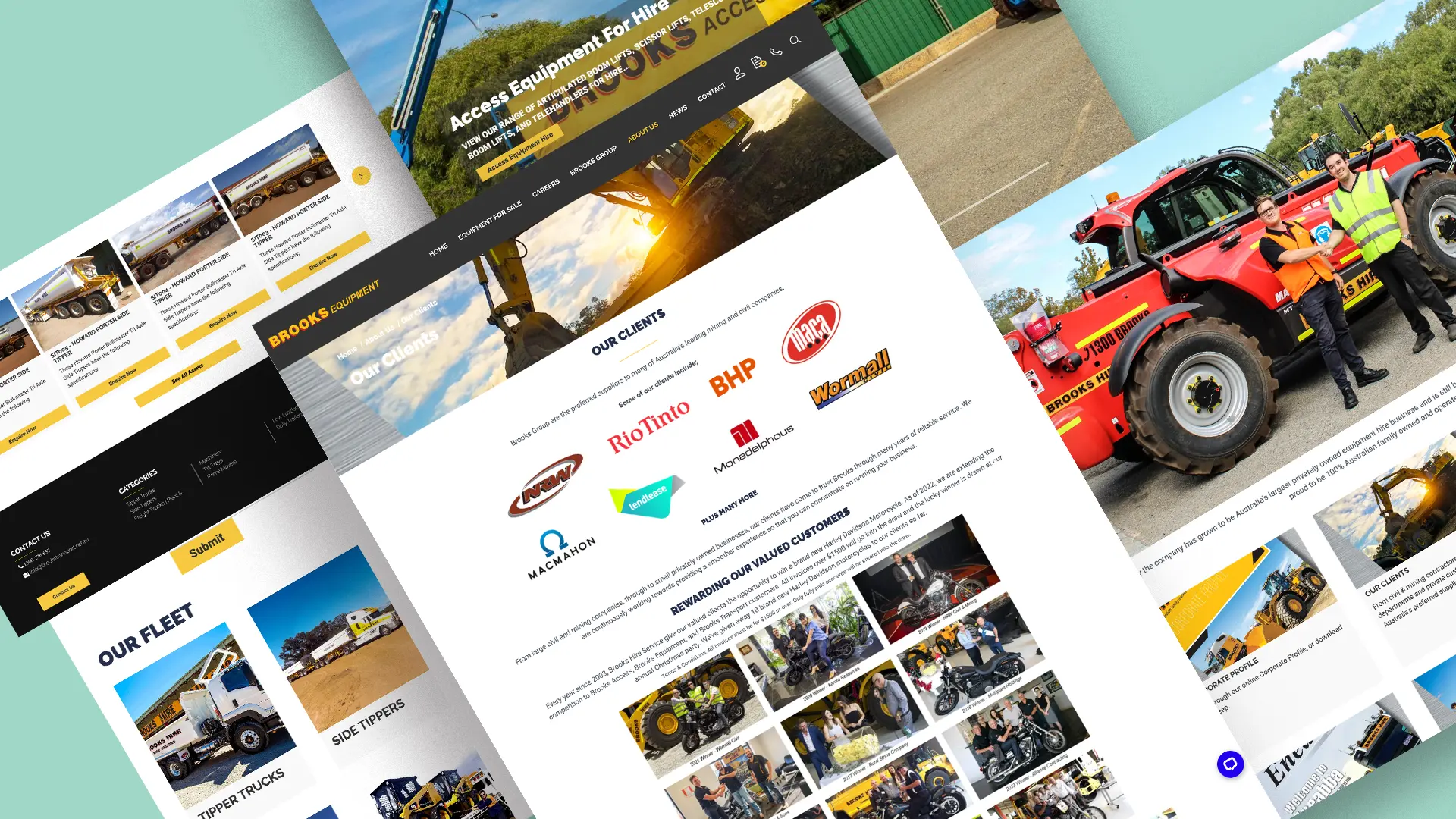
-
Banks and Bloom Website Development
- Website Development
- Website Design
- Integration Development
Banks and Bloom Website Development
-
City of Belmont
- Website Migration
- Website Development
- Website Design
City of Belmont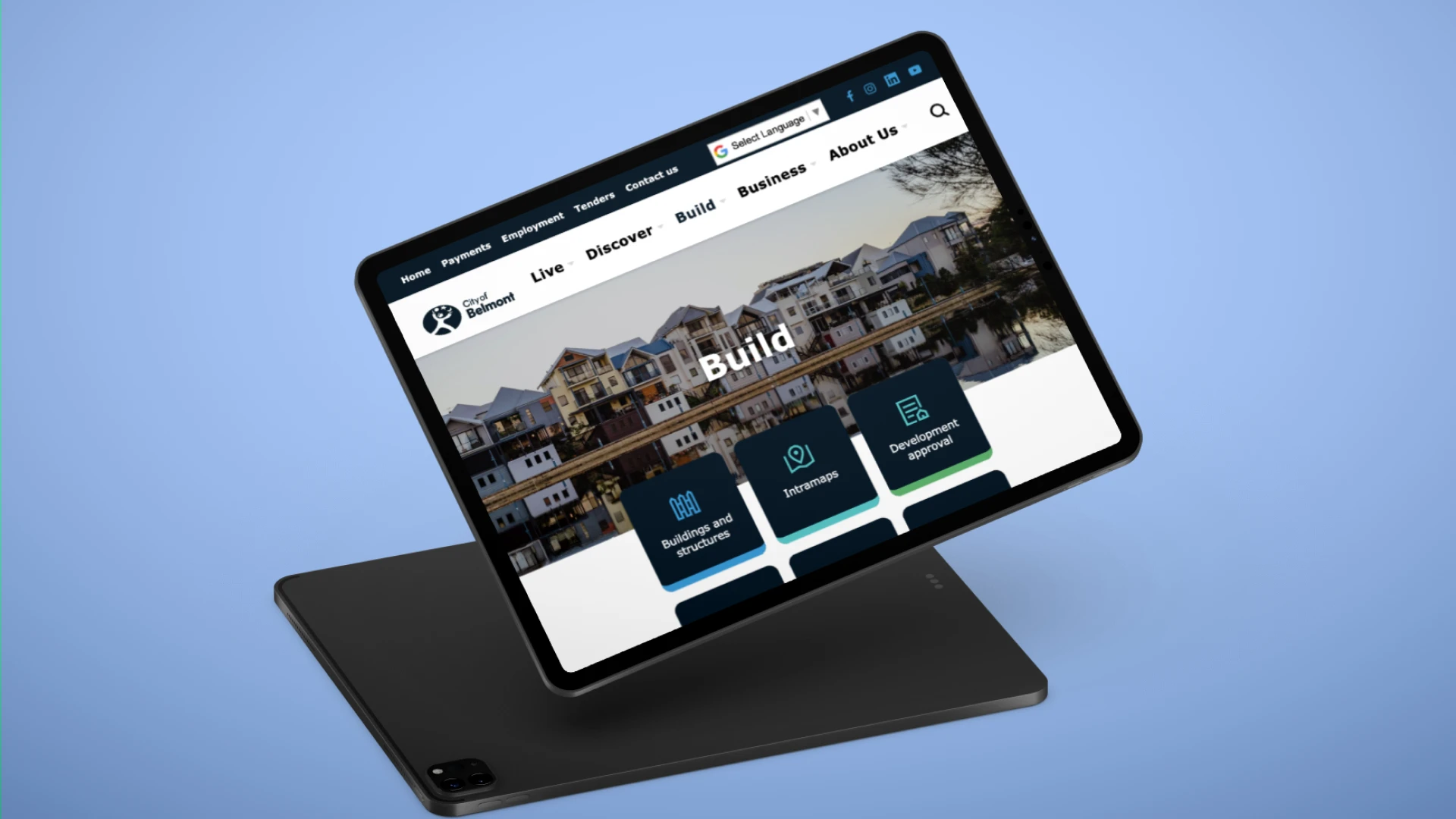
-
Relationships Australia (WA)
- Intranet Development
- Integration Development
Relationships Australia (WA)